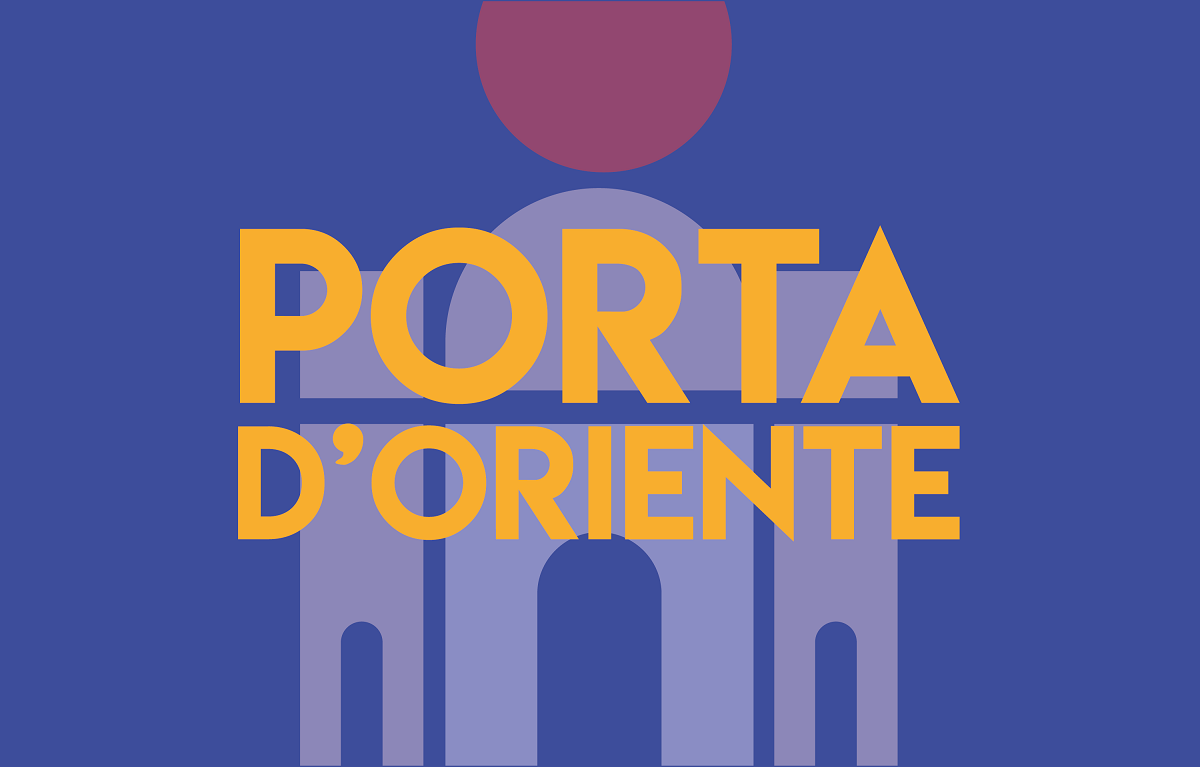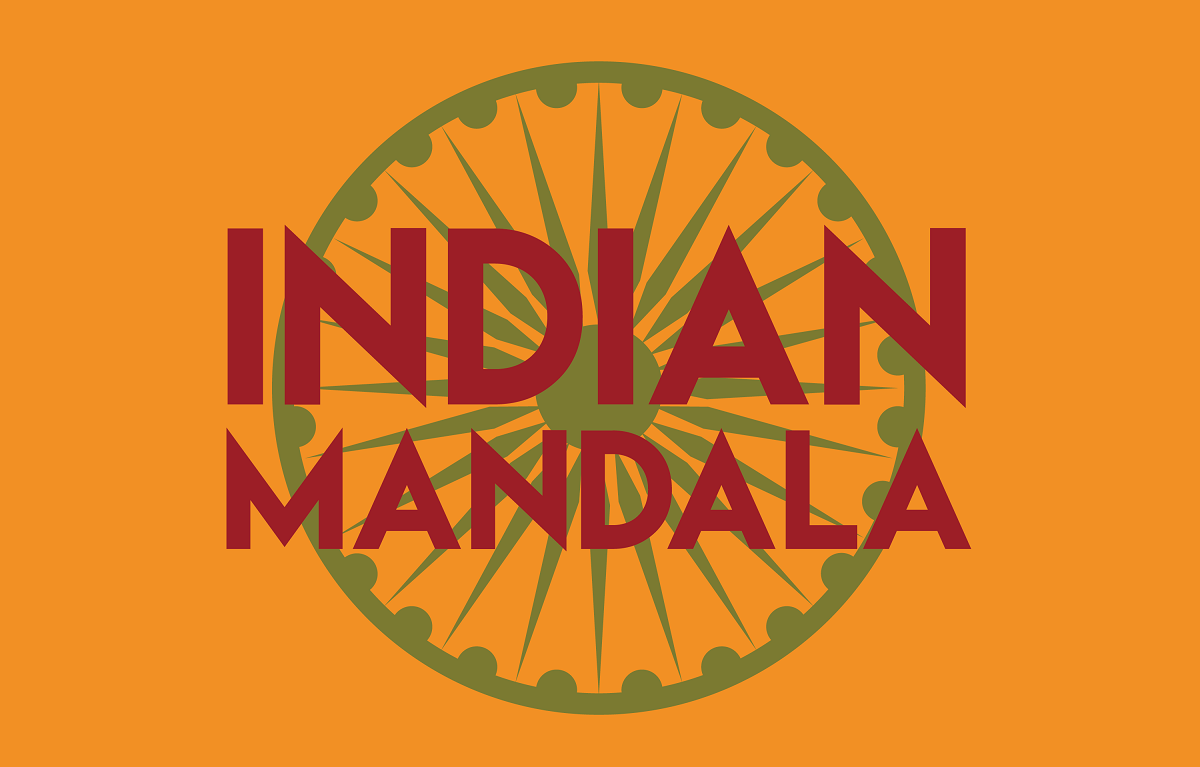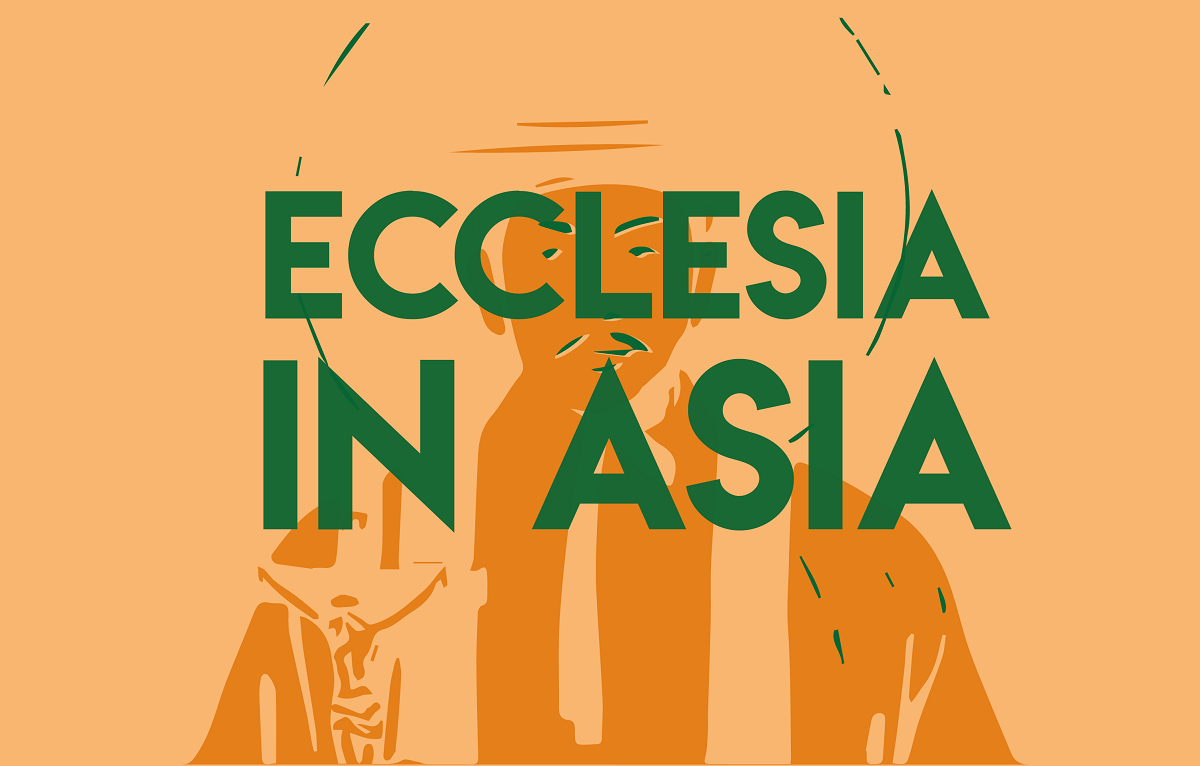UNICEF: almost two million Cambodian children live in areas with high climate risk
A report by UNICEF and Cambodia’s Ministry of the Environment was published yesterday highlighting the issue. According to the Children's Climate Risk Index (CCRI), children in Cambodia are most exposed to extreme heat and flooding in rural areas. For the authorities, the findings will provide guidelines for government action.
Phnom Penh (AsiaNews) – Cambodia’s Ministry of the Environment in cooperation with UNICEF Cambodia yesterday published the first Children's Climate Risk Index (CCRI).
The study found that about two million Cambodian children live in areas of high climate risk, exposed to floods, droughts, extreme heat, and diseases transmitted by mosquitoes and other vectors.
About a third of the country’s youth (six million) are exposed to drought, while almost half are affected by extreme heat, flooding, in areas where air pollution levels exceed World Health Organisation guidelines.
The most vulnerable areas are rural, around Tonle Sap Lake in the northeastern region, and in the central plains. Here, climate risks impact children far more in terms of nutrition, hygiene, education, and access to health services.
The authorities present at the press briefing in Phnom Penh stressed that the CCRI is a key tool to understand children’s vulnerabilities in Cambodia and provide guidelines to the government on how to address the problem.
"The Children’s Climate Risk Index for Cambodia is crucial in providing additional roadmaps for the government, as well as the Ministry of Environment and other relevant ministries and institutions, to prioritize actions that consider the well-being and protection of the most vulnerable children," said Dr Eang Sophalleth, Minister of Environment.
The launch coincided with Cambodia's signing of the UNICEF Declaration on Children, Youth and Climate Action, at COP 29 in Azerbaijan.
"The climate crisis is a child rights crisis,” stressed Will Parks, UNICEF Representative in Cambodia. The CCRI is “not just a report.” It “serves as a powerful tool for collective action, empowering leaders, communities, and especially youth and children, to take concrete steps in mitigating and addressing the impacts of climate change.”
Photo: UNICEF Cambogia/2025/Manuth BUTH
25/09/2019 14:11
23/09/2019 18:17





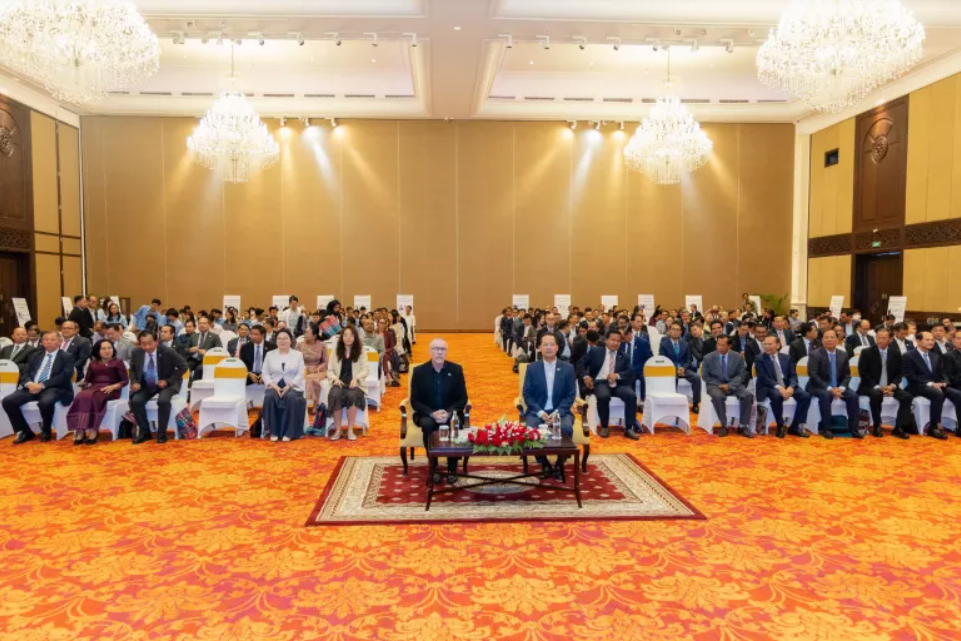
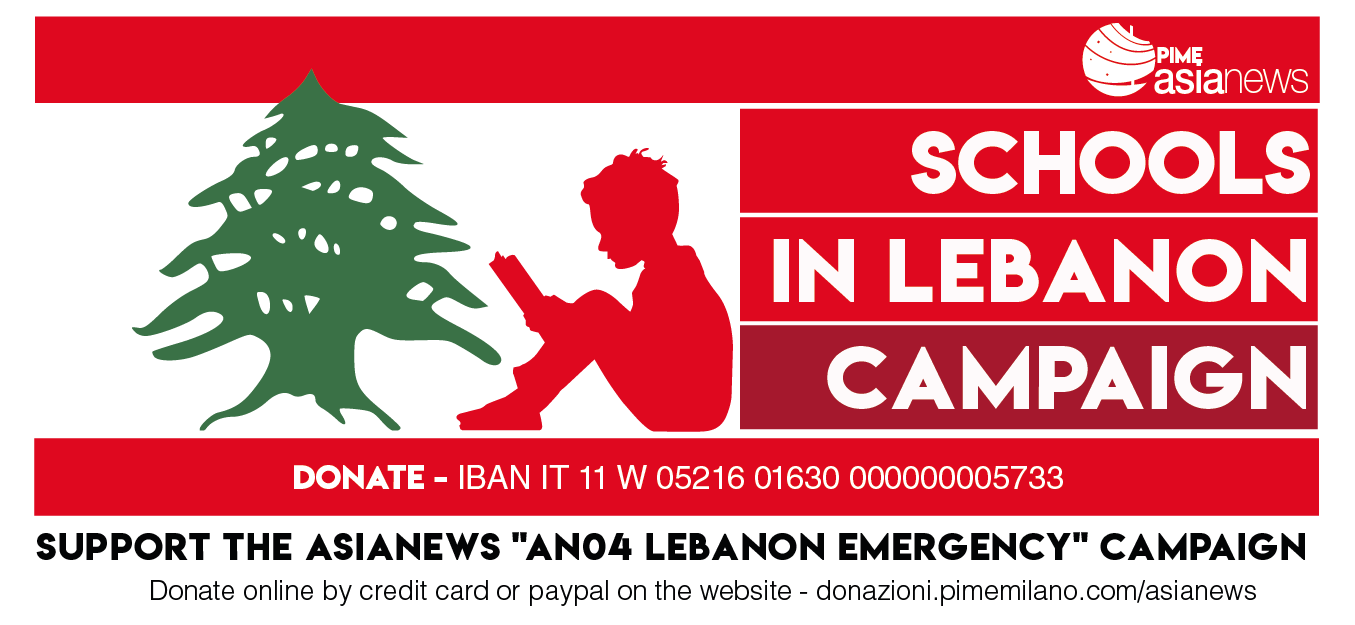
.png)
